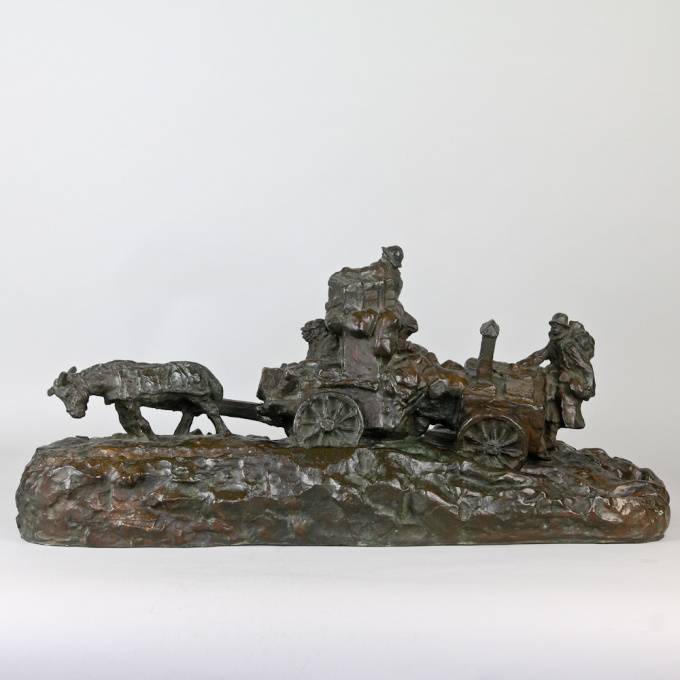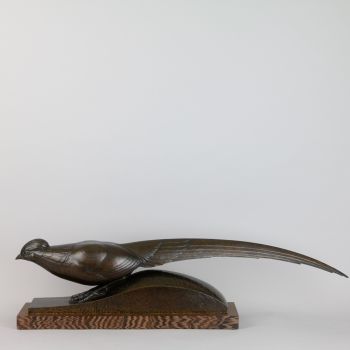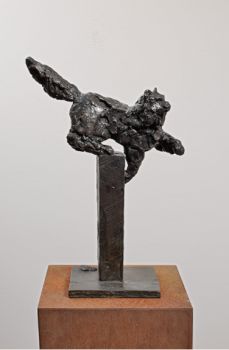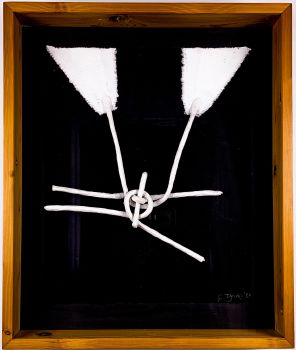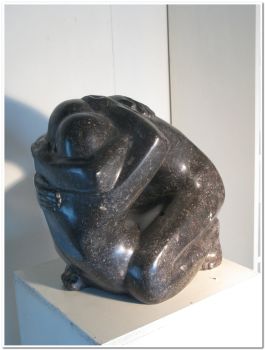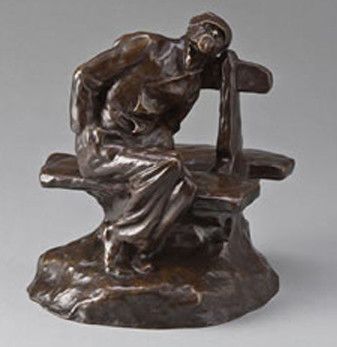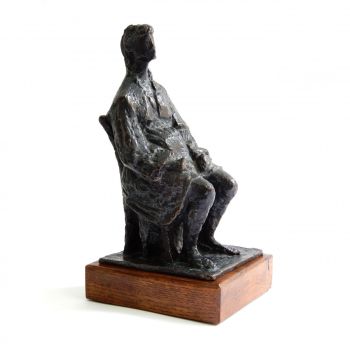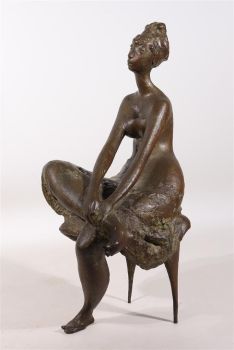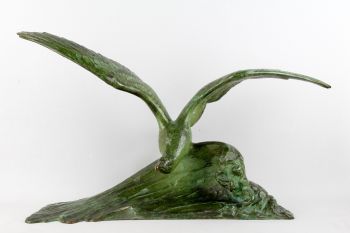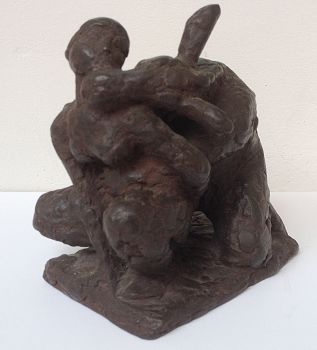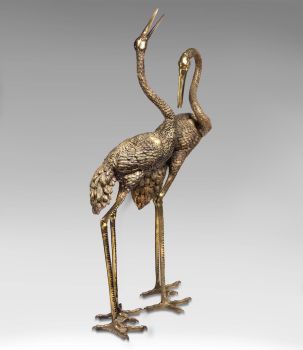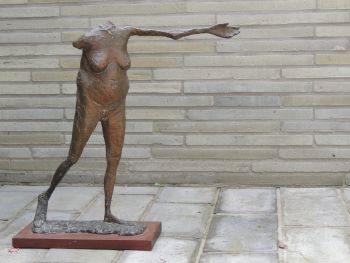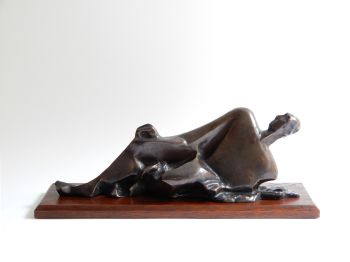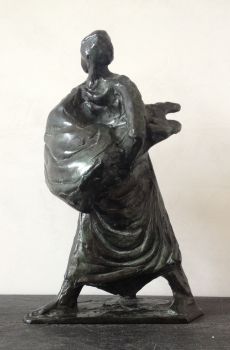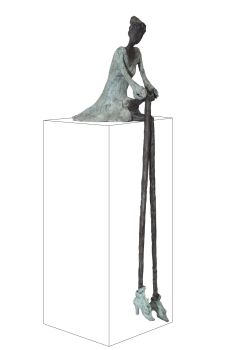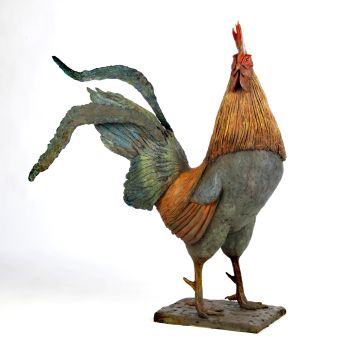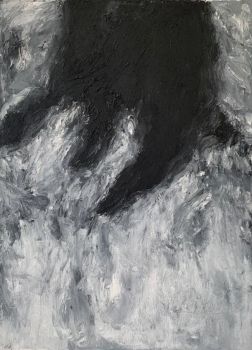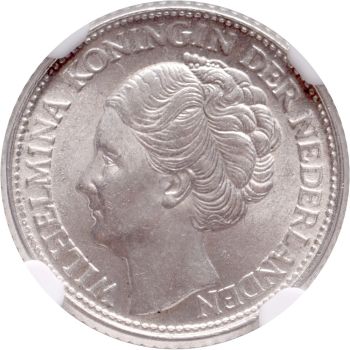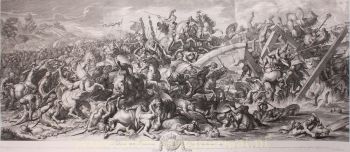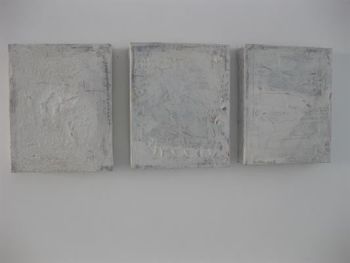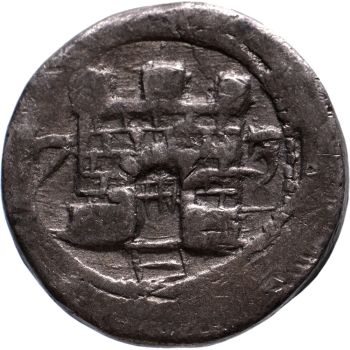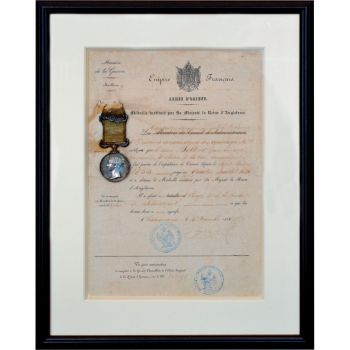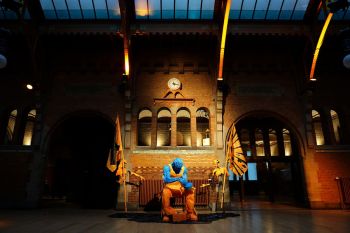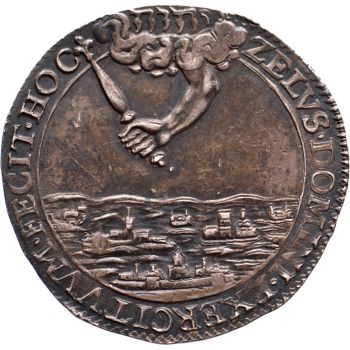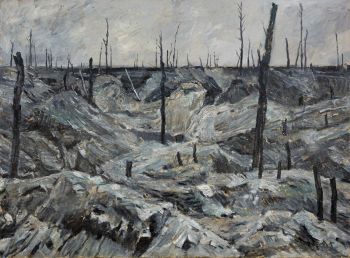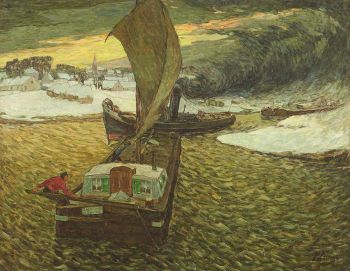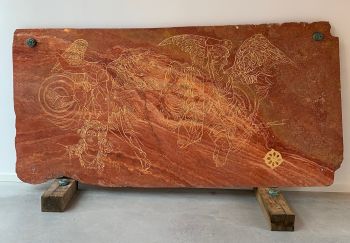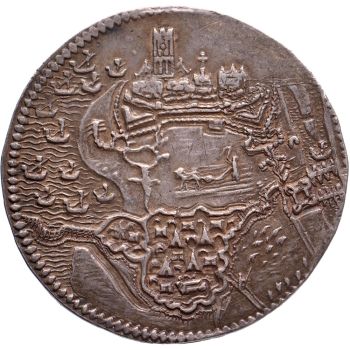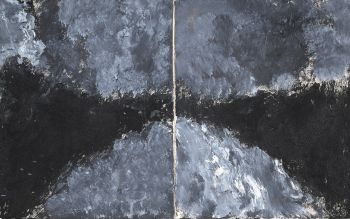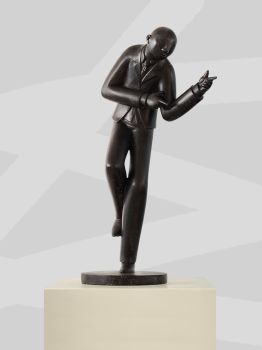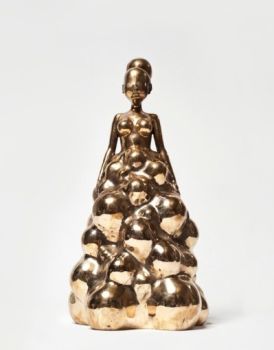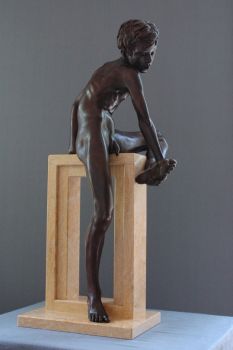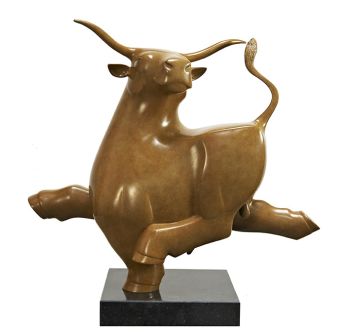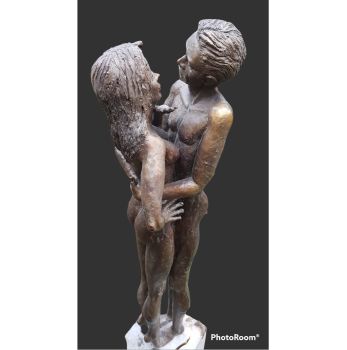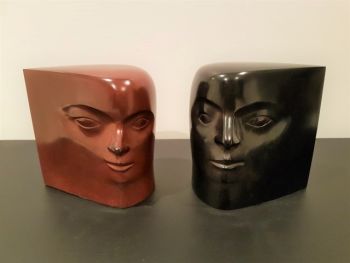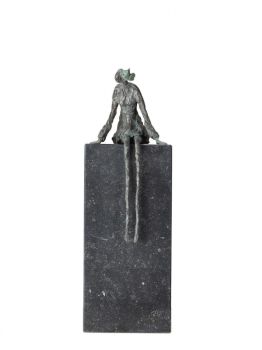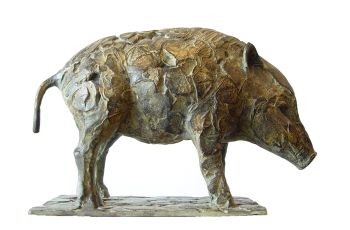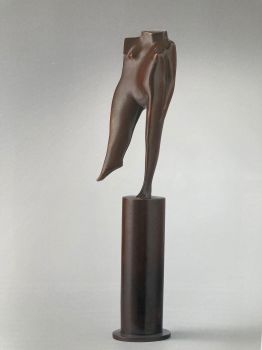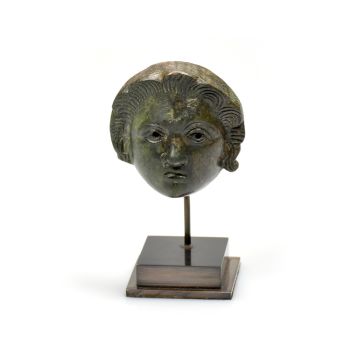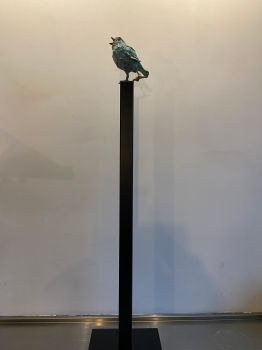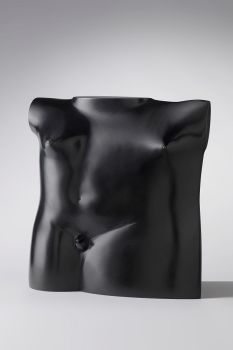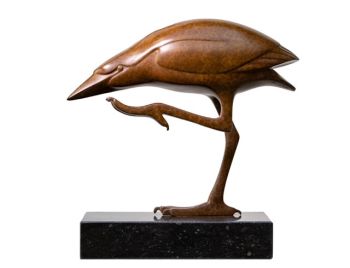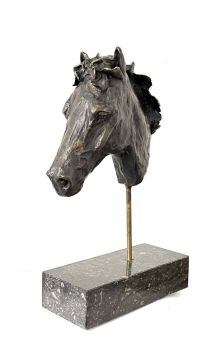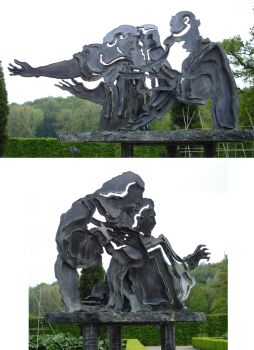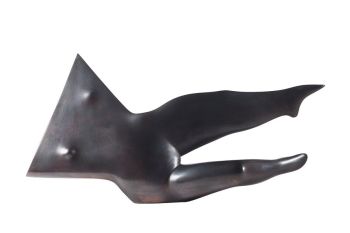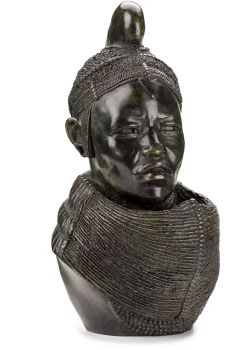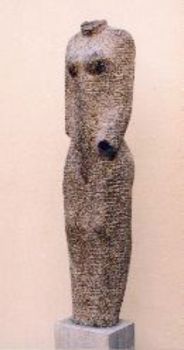La Cantine Des Poilus 1917
Charles Felix Girard
BronzeMétal
31 ⨯ 74 cm
ConditionExcellent
Actuellement indisponible via Gallerease
- Sur l'oeuvre d'artBronze statue of French soldiers at the front with their field kitchen drawn by two donkeys in the mud.
Made by Charles Gir (Charles-Felix Girard) French, 1883-1941.
Significant is the expression of resignation on the faces due to the atrocities seen at the front.
Signed C. Gir and foundry mark "Cire Perdu, Bisceglia)
Dark brown patina and in great condition. Length: 74 cm, Height 31 cm - Sur l'artiste
Charles Gir, whose real name is Charles Félix Girard, was, during the Belle Époque (in the Entre-Deux-Guerres), a key figure in Parisian artistic life. Violinist in his spare time, passionate about operas, Charles Gir paints and sculpts, but to round off his ends of mine, he creates advertising posters for the theater, illustrates literary works and composes press cartoons and caricatures for various satirical magazines. such as the Butter Plate. Charles Gir was born on November 1, 1883 in Tours. Salesman in a Tours bookstore, young Charles expects more from life. He escapes by bike to Paris. He trained at the Boulle school and at the drawing and modeling school for Garçons Germain Pilon, but it was thanks to his caricatures and press cartoons that his career took off quickly. At the same time as this journalistic career, and yielding to his love for opera, he roamed the corridors of the Palais Garnier, attending classes, ballet rehearsals and the ballets themselves. The First World War will set his life on new paths. But in the meantime, her many ballerina pastels, and in particular the Pavlova or the Karsavina, have earned her great fame. The Entre-deux-Guerres was a prosperous period for Charles Gir, whose fame was as much artistic as it was social. He lives in Montmartre, has soup at Maxim's, goes up to the Bois de Boulogne, goes to theaters, circuses, the music hall. It is found in Canne, Italy, Spain, Morocco. He exhibited in America.
But in all this turmoil, the countryside still attracts him. In 1929, with his wife, the actress Jeanne Fusier, he bought a house in Vexin (Val-d'Oise) where he retired more and more, before working there alone in the large workshop he is arranged. Following an order, he embarked on the project of a monumental Don Quixote, in 1934 which he finished at the dawn of the Second World War. His sad-faced Don Quixote can be admired today on the terrace of the Cergy-Pontoise prefecture. From the Consulate until the First World War, the Opera is the essential place of the cultural and social life of good Parisian society. Until 1875, three halls hosted shows. But the new Opera, wanted by Napoleon III, and built by the architect Charles Garnier, was inaugurated with great pomp on January 5, 1875. It therefore became the temple of French dance. However, with the 20th century, the management of the Opera more attracted by the beauty and exoticism of foreign ballerinas, abandoning the French dancers who nevertheless offered technical and artistic qualities that were often much superior. Charles Gir haunts the corridors of the Opera. He draws, as Edgar Degas (1825-1898) had done before him, the ballerinas at rest, in rehearsal, on stage.
Artwork details
Related artworks
- 1 - 4 / 24
- 1 - 4 / 18
- 1 - 4 / 24

